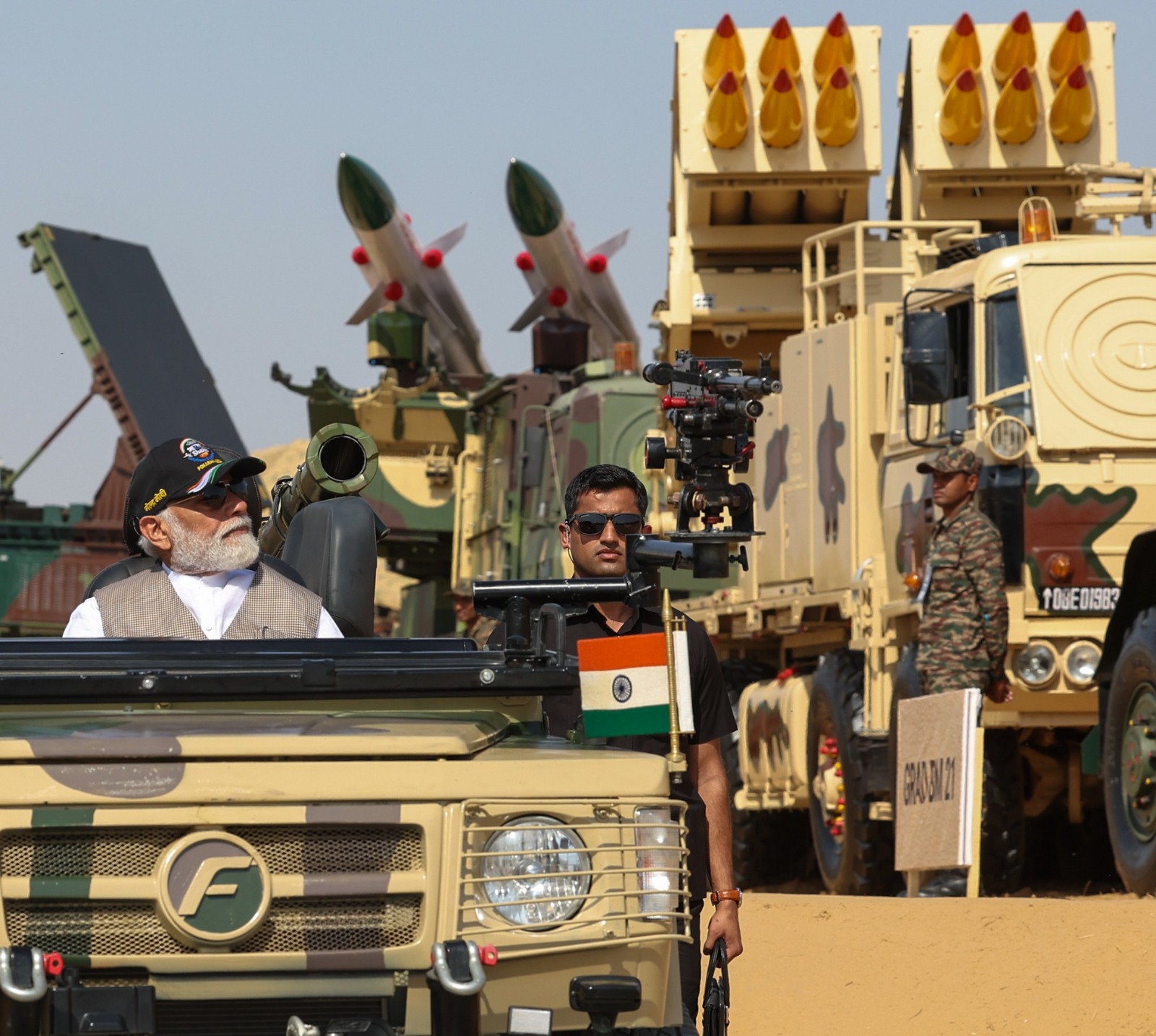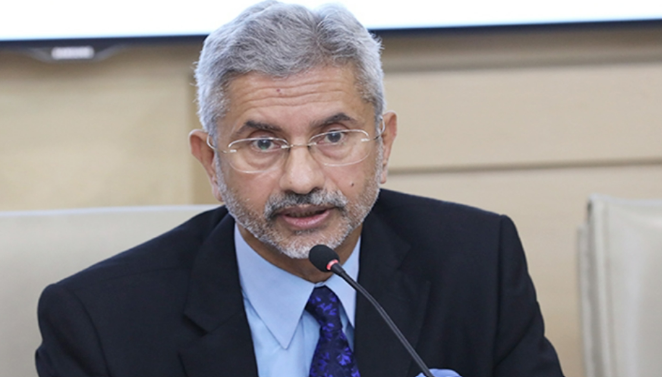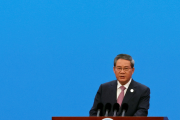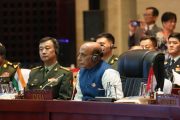In the fiscal year 2023-24, India has recorded a remarkable increase in its defence exports, which has surged to a record-breaking amount of Rs 21,083 crore ($2.63 billion), indicating a growth of 32.5% compared to the previous fiscal year’s figure of Rs 15,920 crore. Over the last ten years, the growth trajectory is even more impressive as the defence exports have increased 21-fold, from Rs 4,312 crore in 2004-05 to 2013-14 to a staggering amount of Rs 88,319 crore from 2014-15 to 2023-24.
The recent surge in defence exports is not a stroke of luck, but a testament to the government’s strategic vision for indigenisation. This move, aimed at achieving self-reliance in defence, is not just a policy but a strategic masterstroke. The government’s assertion that this initiative aligns with India’s aspirations for a more influential strategic role on the global stage and its goal of becoming the world’s third-largest economy instills confidence in the industry’s future. The rapid growth in defence manufacturing and exports, propelling PSU defence stocks to unprecedented heights, is a clear sign of the government’s successful efforts in promoting indigenisation.
The private sector has been a driving force in the growth of India’s defence industry, showcasing its capabilities and making significant contributions. It’s important to note that the Defence Public Sector Undertakings (PSUs) have also played a crucial role, contributing around 40% of the overall growth. This collaborative effort between the private and public sectors has been instrumental in the industry’s success.
Make-in-India Model
Under the ‘Make in India’ initiative, India’s defence production has made significant strides. In less than a decade, India has not only achieved self-reliance in the manufacturing of multiple defence items but has also emerged as a major arms exporter. It’s noteworthy that public-sector units (PSUs), often criticised for their inefficiency and delays, have played a significant role in this achievement. India is currently focused on building an extensive defence-industrial complex, which includes major corporations like L&T, Solar, Bharat Forge, Mahindra, Tata, and Adani, as well as start-ups, research institutions, and PSUs.
Nearly 50 Indian companies, both public and private sectors, have come together to produce advanced defence products such as ballistic missiles like BrahMos, fighter jets, artillery guns, shells, and night-vision devices. These firms have shown remarkable innovation, effectiveness, and quality standards, which have significantly contributed to India’s success in exporting defence products. Their contributions have further bolstered India’s reputation as a reliable defence equipment and technology provider.
In order to maintain its strategic independence, it is essential for India to achieve self-sufficiency in defence and decrease its reliance on imported military equipment. The recent conflict between Russia and Ukraine demonstrated the significance of self-reliance in defence systems, as Western countries hurriedly provided weapons to Ukraine while Russia struggled to obtain military supplies from other countries. For India, which is currently taking a proactive approach to foreign policy, attaining defence indigenisation is of utmost importance.
India has initiated a series of policy measures to curtail its reliance on foreign suppliers, harnessing the design and manufacturing capabilities of public enterprises, large business conglomerates, and startups. A key policy measure in this context is the creation of positive indigenisation lists and the allocation of 75% of the capital acquisition budget for procurement from local companies. The government has also given the green light to nearly 45 domestic companies/joint ventures operating in the defence sector with foreign OEMs (original equipment manufacturers) and launched the Innovations for Defence Excellence (iDEX) scheme. This scheme plays a pivotal role in fostering an ecosystem that actively promotes innovation and technology development in defence, engaging R&D institutes, academia, industries, startups, and even individual innovators.
The Ministry of Defence has released five lists of 4,666 items falling under the ‘positive indigenisation’ category. This list includes raw materials, sub-assemblies, critical spares, assemblies, and components. It is noteworthy that 2,920 items from this list have already been indigenised. Every year, the defence production industry receives around 40-50 licences. Apart from the high-value BrahMos missile systems, there are several other significant defence items being exported, including Dornier-228 aircraft, ALH helicopters, armoured vehicles, radars, SU avionics, launchers, rockets, night-vision monocular and binocular, weapons-locating radar, fire-control systems, lightweight torpedo, alarm monitoring and control systems, coastal surveillance radars, explosives, and artillery systems.
Ambitious Export Goal
The Indian government has set out an ambitious fiscal year 2024-25 plan, which includes increasing the country’s defence exports target to $5 billion from the current $1.5 billion. Additionally, the government aims to significantly increase the total annual defence production to Rs. 3 lakh crore by 2028-29, which is almost three times the current level. To meet the recent export orders obtained by Indian companies, the target for defence exports has also been set at Rs. 50,000 crore, which is more than double the current figure of Rs. 21,083 crore.
India is actively working to enhance its defence exports and build strong relationships with multiple countries in Southeast Asia and the Middle East through the sale of its made-in-India BrahMos supersonic missiles. There has been increased interest from these countries, and India could potentially earn $3 billion by 2026 with a large order already placed by the Philippines. Along with the promotion of its indigenously built light-combat Tejas fighter jet, India is continuing its search for potential Tejas customers to boost its defence exports and establish itself as a significant player in the global defence industry. India’s defence forces recently provided HAL-228 aircraft to Guyana, and the country is also looking to export fighter jet engines in the future, as the engine manufacturing agreement between GE Aerospace and Hindustan Aeronautics (HAL) for the GE 414 engine will power future Tejas variants.
India’s defence industry is poised for substantial growth in the near future. However, certain challenges could impede progress. These challenges include outdated technology and management capacity limitations. Despite these risks, if the sector is supported by effective strategies and robust government support, it could achieve tremendous growth, leading to significant economic and strategic advancements.
Ravi Shankar









































